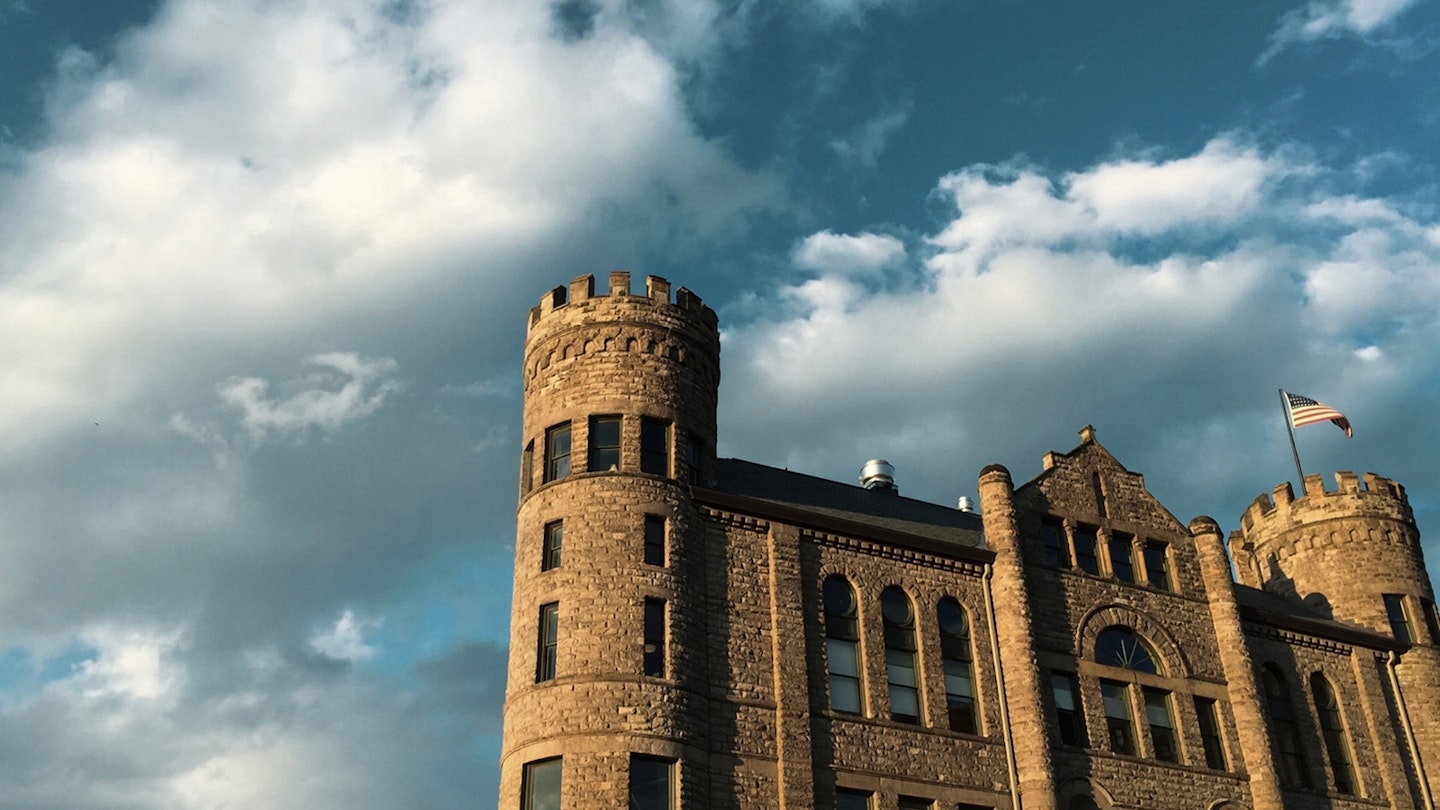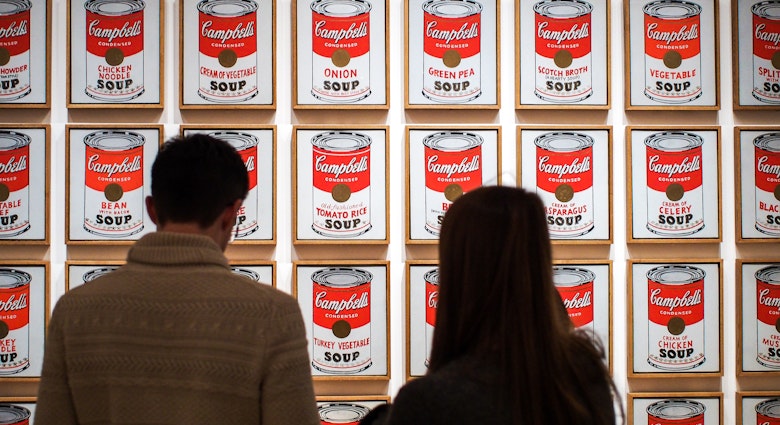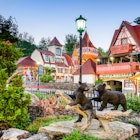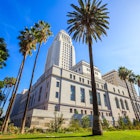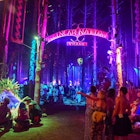Visitors who arrive in Detroit expecting an apocalyptic landscape will be surprised by what they find. After years of population decline and hitting rock bottom with the declaration of bankruptcy in 2013, Detroit is now in the black. The once desolate downtown is packed with pedestrians, pedal taverns have hit the streets and cranes punctuate the skyline: more than $24 billion has been invested in commercial, retail and residential projects since 2006.
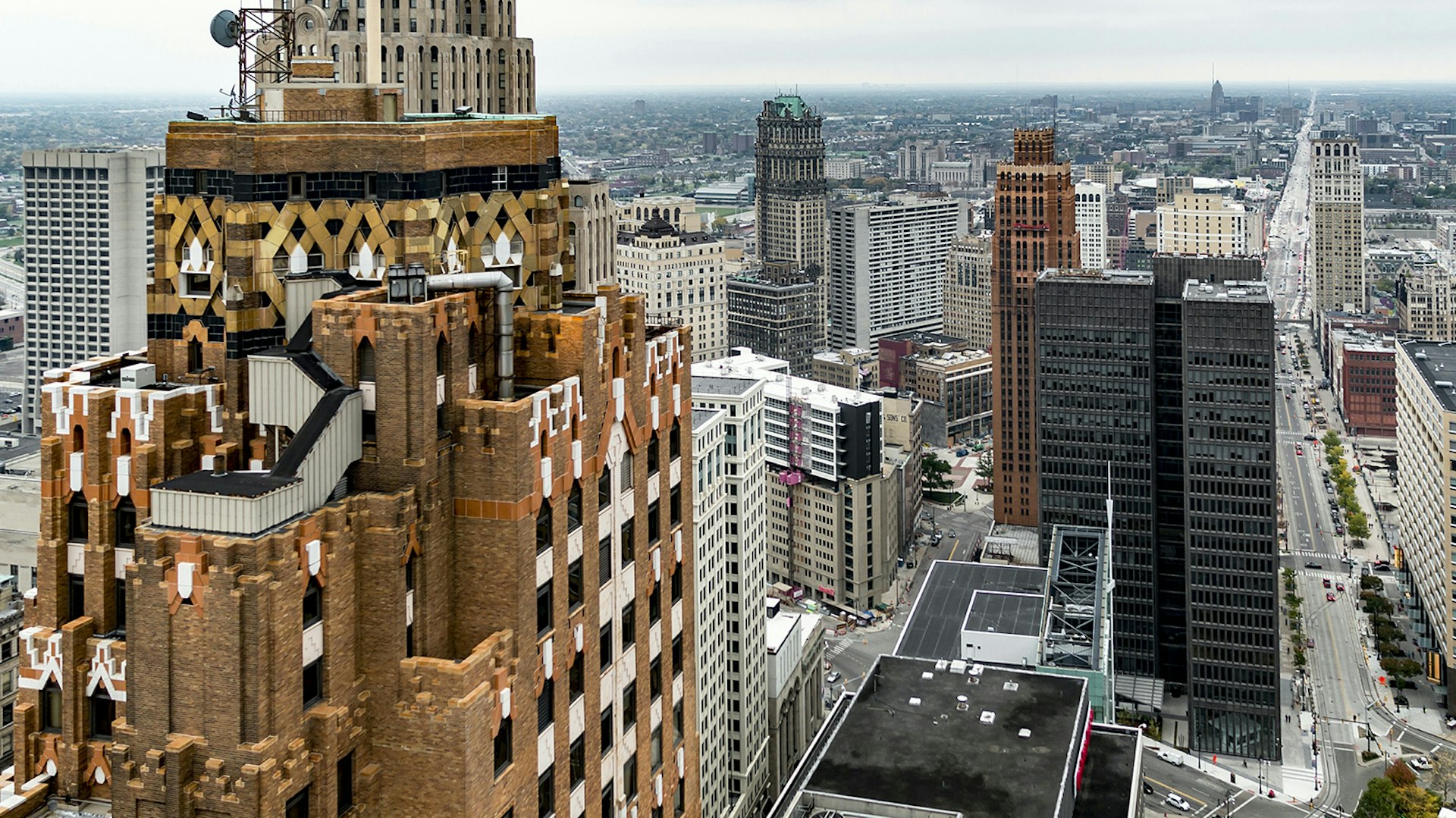
But Detroit is more than a boomtown: the largest city in Michigan has a varied and complex history that spans more than three centuries and industries from motor cars to Motown. Those investing in the city are, for the most part, respecting that heritage by choosing to restore, not replace, gambling that the extra expense of a renovation will yield returns in character. Their efforts complement the stalwarts that have been there all along, amplifying the Motor City's unique voice. Not only is there more than ever to enjoy in Detroit, you can also eat, sleep and play in buildings that were moldering ruins just a few years ago. Meet the new Detroit, America’s most ambitious renovation project.
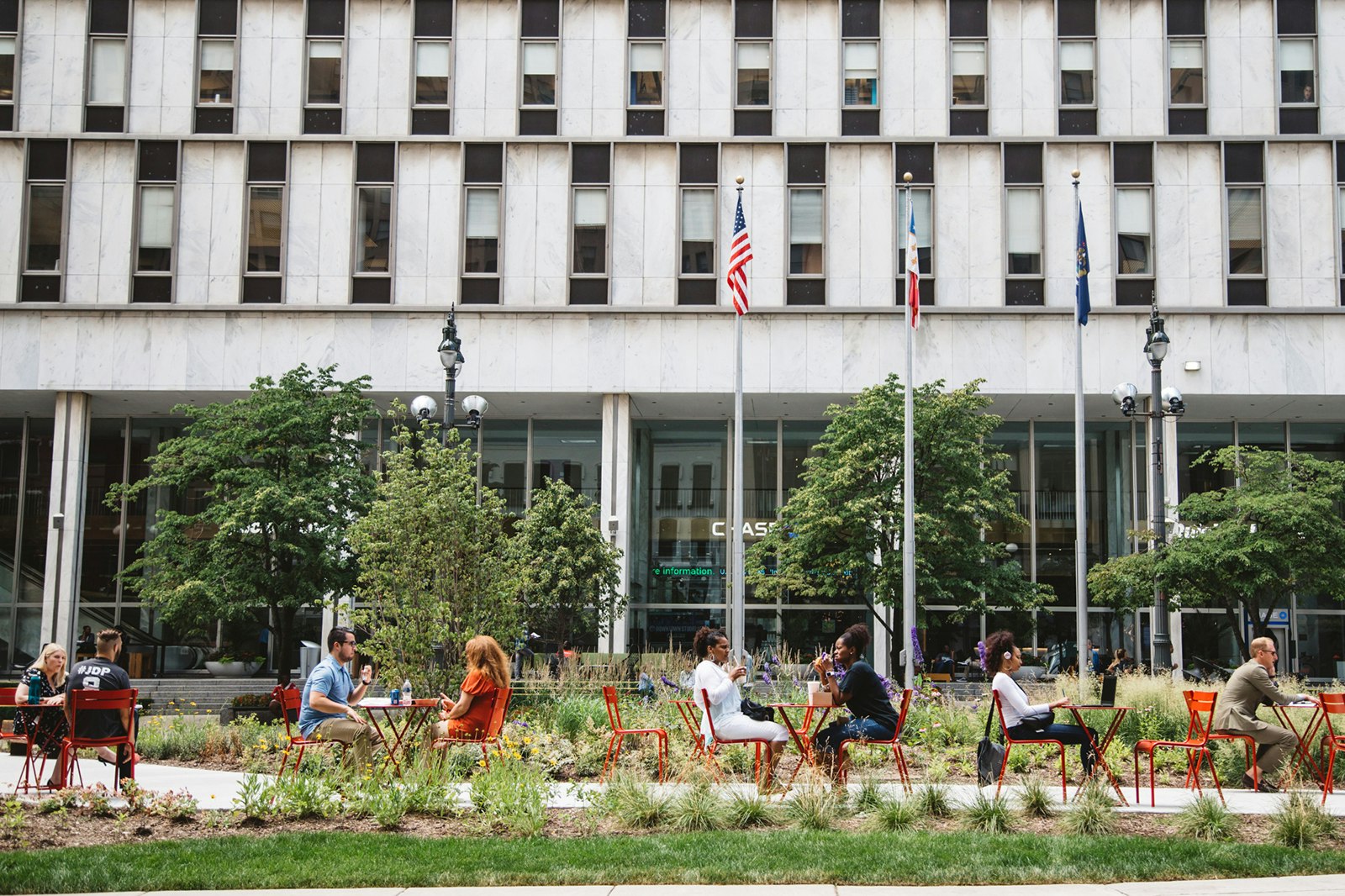
Historic hotels
If you’re looking for a distinctive place to sleep in Detroit, the options are many – and increasing by the minute. Aloft has brought their modern flair to the David Whitney Building on Park Avenue. Built in 1915, the neo-Renaissance building stood empty for two decades. These days, the gold leaf in the lobby is gleaming after a $92 million restoration. Just down the road, Westin has restored the Book Cadillac, which was the world’s tallest hotel when it was built in 1924.
The most recent addition to the scene is the Detroit Foundation Hotel, which opened in May 2017. It’s housed in a 1929 building that served as the Detroit Fire Department headquarters, and the towering red doors that allowed trucks to go in and out are still there, albeit with a fresh coat of paint. A boutique hotel with just 100 rooms, Detroit Foundation has managed to create comfortable spaces for guests and still preserve the building’s charm. The terrazzo and marble flooring on all five stories is original, as is the glazed brick and three fire poles that adorn the Apparatus Room, the hotel’s restaurant and bar, which once served as the garage area for the station. Though in good shape, these original features sometimes show their age – but that lends a patina to a place that can’t be re-created.

'They simply do not build buildings like this anymore, and taking away the original flooring, molding, marbling, etc., would truly be a shame,’ says Emily Childers, the hotel’s Director of Sales and one of many native Michiganders who have returned to Detroit as the city makes a comeback. ‘We also kept these elements out of respect to all of the individuals who worked in this building for so many years.’ It’s not unusual for longtime residents to stop in and request a tour, and Childers says they can still recognize enough to reminisce.
Three more historic downtown buildings will open their doors to guests in 2018. The lifestyle brand Shinola, best known for its bicycles, leather goods and watches, is opening their first hotel in a terracotta-colored skyscraper on Woodward Ave in the fall. The Siren Hotel, an 'old world' hotel featuring seven bars and restaurants, takes over the Wurlitzer Building in January. And the 1925 Metropolitan building, which had been vacant for so long that a 13-foot tree had to be removed from the roof, has just embarked on a $32 million renovation – it will become the city’s first extended-stay hotel, Element Detroit.
Dine and drink Detroit
Hotels aren’t the only players in the restoration game. When you dine and drink in Detroit these days, odds are that you’ll have a historic backdrop in which to do it. Take any restaurant in Corktown, the city's oldest neighborhood, where businesses like Slows Bar BQ and the Sugar House have taken over a row of colorful terraces. The neighboring Gold Cash Gold drew its name from its previous occupant, a pawn shop.
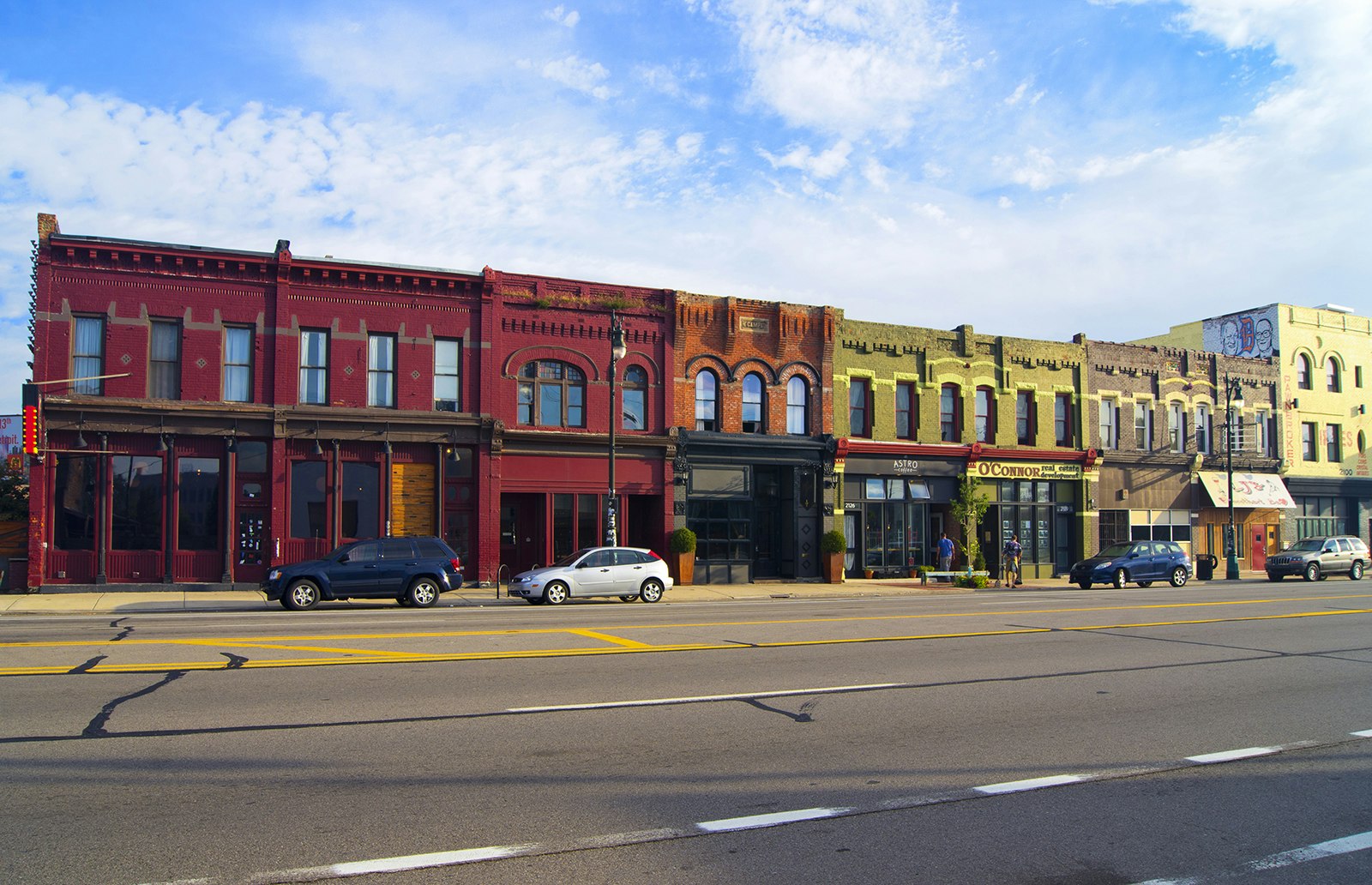
At the Grand Trunk Pub downtown, you can sip your pint under an ornate vaulted ceiling that used to serve as the ticket office for the Grand Trunk Railroad. Baker’s Keyboard Lounge, the city’s oldest continuously operating jazz spot, sports a massive early 20th-century bar that looks like piano keys.
But one of the biggest rebounds in the city is that of the turreted, fortress-like GAR Building (short for Grand Army of the Republic). Entering one of the ground floor restaurants, the cheery Parks & Rec Diner or the sumptuous, Victorian-inspired Republic Tavern, it's hard to believe that the GAR spent more than 30 years behind sheets of plywood, frequented only by vagrants and pigeons.
Built as a club for Union soldiers in 1898, this Gothic building stands out as one of Detroit’s most distinctive landmarks. After the last Civil War veteran died, the building had a second life as the city's Parks and Recreation department before closing in the 1980s. Though it was placed on the National Registry of Historic places in 1986, there was community concern over whether the GAR could be redeveloped in a way that honored its heritage. The city finally put it up for sale in the early 2000s. After some legal battles and fierce negotiations, a trio of Detroit locals – brothers David and Tom Carleton and their business partner, Sean Emery – walked away with the deed in 2011.

Bringing the long-neglected building, spattered with pigeon droppings, back to life took four years. 'We kept everything original that we could,' says David Carleton. 'We wanted it to be a place where if Civil War veterans walked through the door, they would recognize it as it had been when it was built.'
Each restaurant pays homage to part of the GAR's past life: the Republic features the sort of meat-heavy menu and lengthy whisky list that an aging veteran might have enjoyed in the building’s early days, while Parks & Rec is a bright brunch spot with a seasonal menu. On the second floor of the building is an event space, Castle Hall. The top two floors – which once served as a theater – are now home to Mindfield USA, a digital services company owned by the Carlton brothers. A large half-moon window with original panes looks down onto Detroit’s newest outdoor space, Beacon Park, which is often home to live music and food trucks in the summer months.
A piece of automotive history makes a comeback
If you’ve seen pictures of the ‘ruins’ of Detroit (or the movie Transformers), you’ve seen the Packard Plant. This sprawling, 3.5 million square foot site was designed by Albert Kahn in 1903, and for more than five decades, it churned out luxury automobiles and even aircraft. But wartime shutdowns, changes in consumer taste and a merger with Studebaker took their toll, and in 1958 the troubled company sold the site to Chemical Processing. By the late 1990s, it was almost totally abandoned, a haven for graffiti artists, scrappers and photographers seeking ‘ruin porn’ shots.
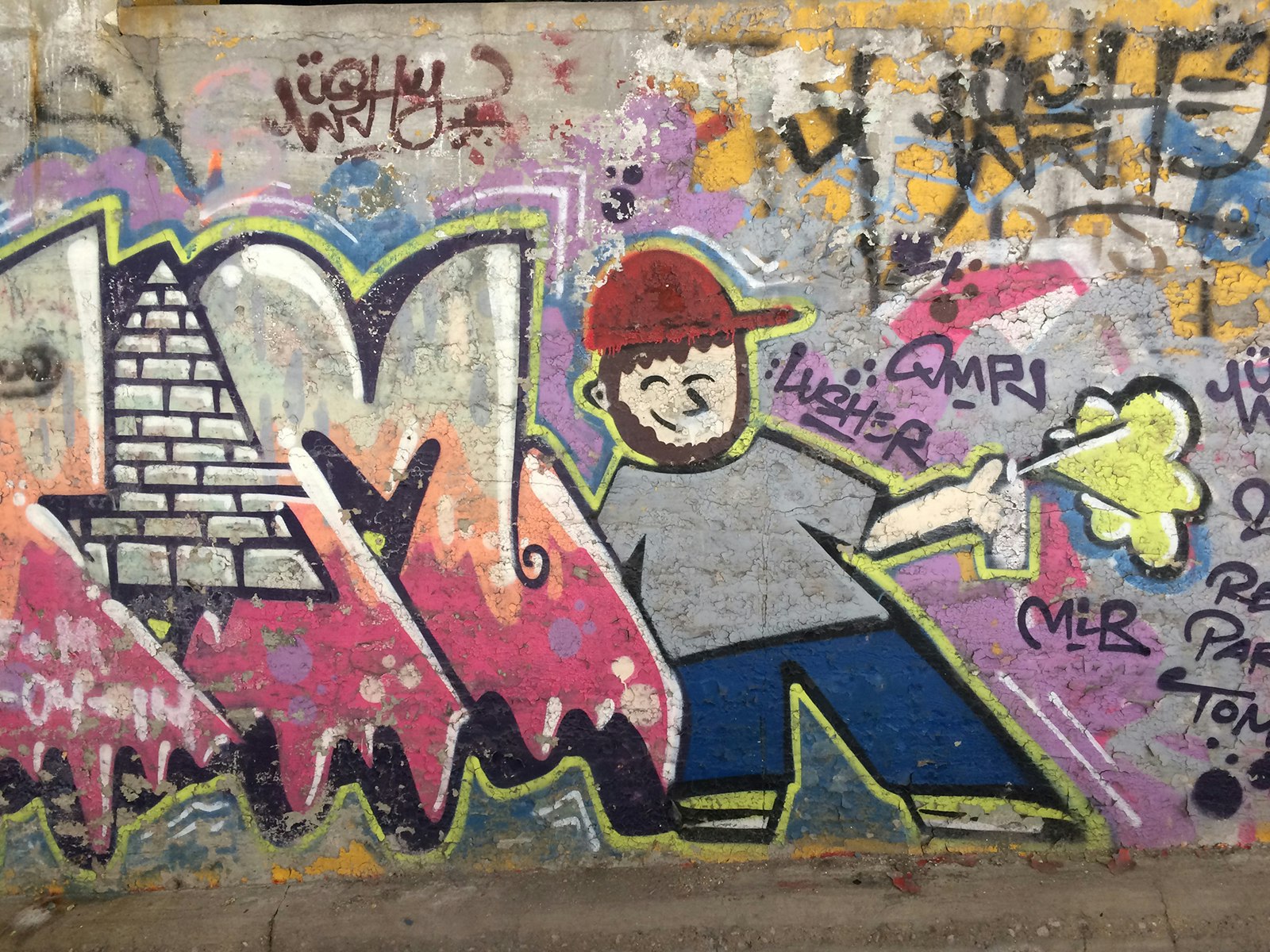
Enter a Peru-based investor, Fernando Palazuelo of Arte Express, who has renovated more than 300 buildings worldwide. Arte bought 2.8 million square feet of the site in 2013, and have been slowly cleaning it up ever since. Though it will take at least a decade (and around $420 million) to fully restore the Packard Plant, stage one of the project, an office complex, will be complete in the fall of 2019. Eight commercial tenants are already signed on to rent space in the building that once housed the Packard managers and accountants. The next phases include a technical school and a barbeque restaurant.
Arte Express has partnered with Pure Detroit to allow tours of the site on select Saturdays; these tours will continue alongside the renovation, although the exact itinerary may change.
Sports rule in the District Detroit
The first central Detroit neighborhoods to see real changes were Downtown and Midtown. Between the two lay the District, home to the neon-festooned Fox Theater and, later, Comerica Park, the Detroit Tigers stadium – but not much else. Olympia Entertainment, owned by the Illitch family of Little Caesars fame, saw an opening. They would build an arena, drawing people from the surrounding neighborhoods and creating a sports destination that is unrivalled in the USA. With the completion of the Little Caesars Arena, home to the Detroit Red Wings and Pistons, Detroit is the only city in the country to have teams from all four major sports playing in the heart of its downtown – and within blocks of each other.
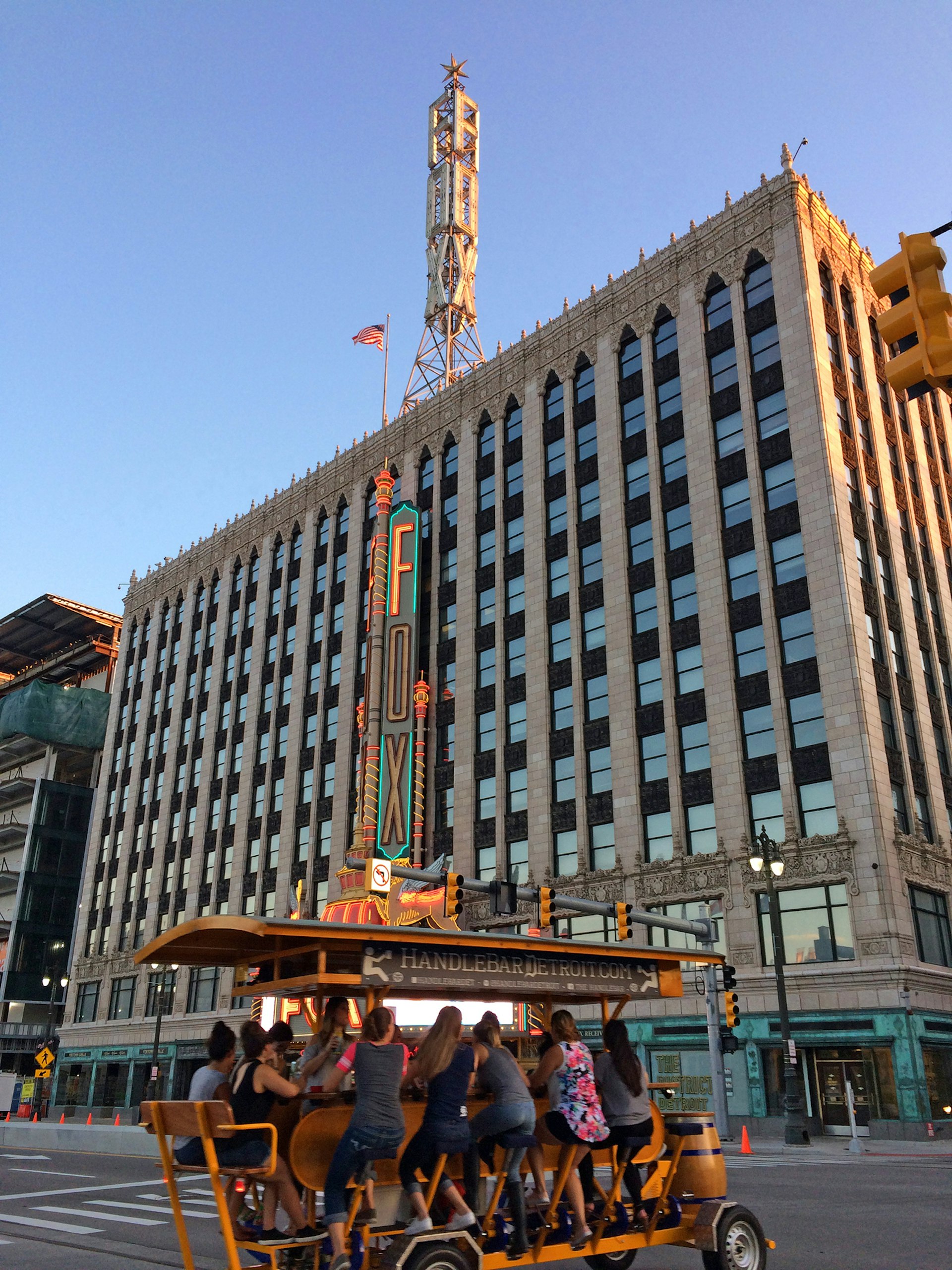
The arena is surrounded by low-rise commercial buildings that house retail and upper-level office space. The arena’s concourses lie between these buildings, in an area called the Via. A clear roof connecting the arena and buildings makes the concourse area feel inviting in its own right, with some outdoor seating for restaurants. A giant, wraparound video screen on the arena's outer wall makes sure you don't miss a minute of the show or sporting event inside.
Interest in the arena has been intense: the first concerts were sellouts, and the corporate boxes were spoken for in just 40 days. Former residents and locals alike are pouncing on the opportunity to help lift up the city. ‘So many people said, I don’t think Detroit will ever come back, but if it does, I want to be a part of it,’ says Olympia Entertainment CEO Tom Wilson.
Trisha Ping traveled to Detroit with assistance from VisitDetroit. Lonely Planet contributors do not accept freebies in exchange for positive coverage.
